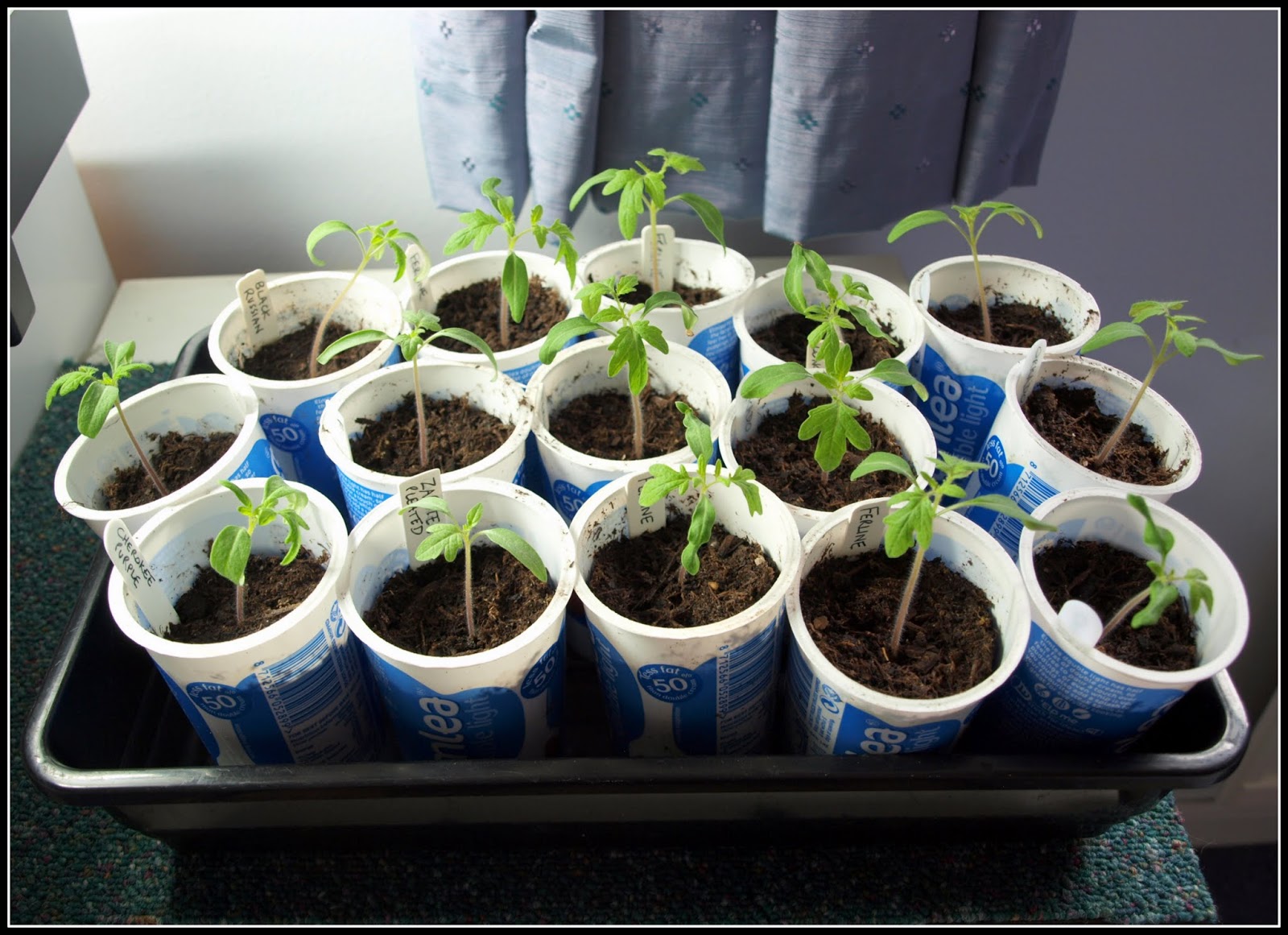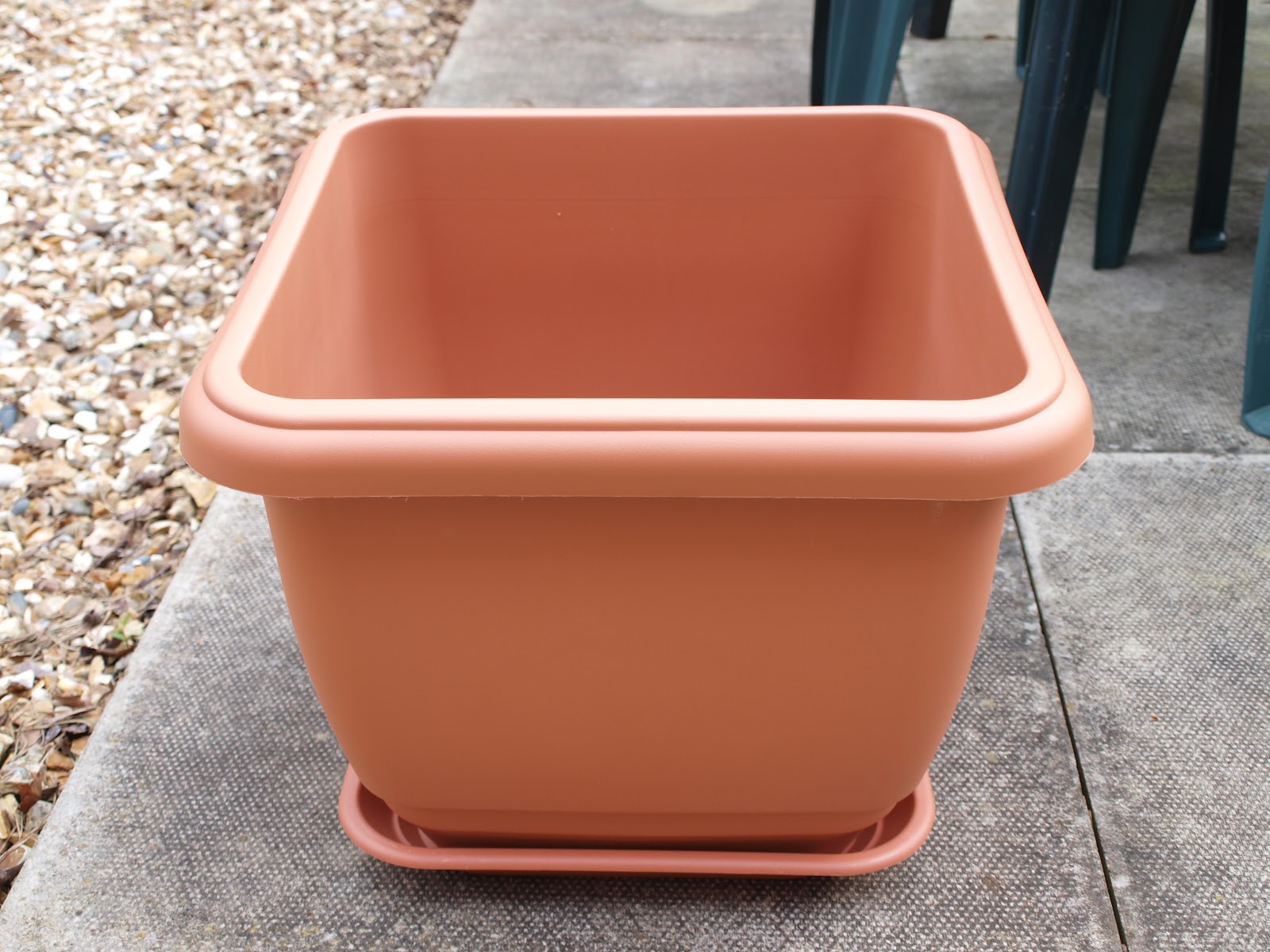| Online: | |
| Visits: | |
| Stories: |

| Story Views | |
| Now: | |
| Last Hour: | |
| Last 24 Hours: | |
| Total: | |
Gardening advice for Beginners – Part 3
Since I have had several positive comments about my earlier blogposts of this type, I thought it might be appropriate to offer some more tips for the less experienced gardener.
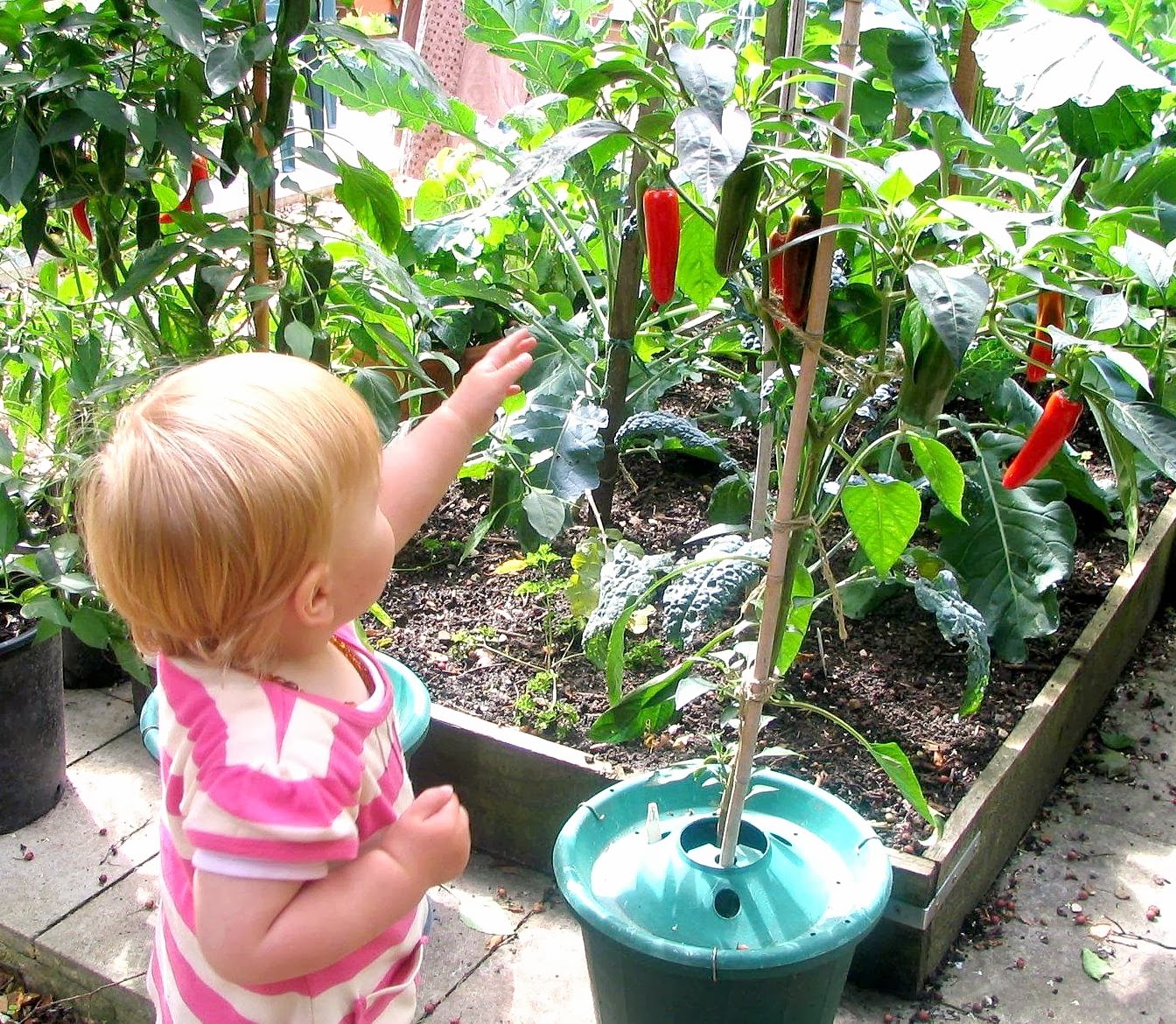 |
| Lara learning about chillis – August 2010 |
Last time I wrote about crop-protection equipment, and avoiding the temptation to sow seeds too early in the year. My opening gambit this time is:
1. Less is sometimes more. By this I mean, don’t try to cram too much into your growing space. In my early years of gardening I was definitely guilty of this. There are just so many nice types of fruit and veg around, and I wanted to grow them ALL! I didn’t believe the advice given in gardening books – “allow 36 inches between plants and 45 inches between rows” – Oh yeah? That would mean I could grow about six plants in my entire garden. So I sowed my seeds far too thickly and planted my plants far too close together, and of course the result was (in retrospect) predictable. I got small, thin, weak plants and poor yields. This is the point at which many beginners give up, by the way. Over the years I have learned that it makes more sense to give your plants enough space for their roots to expand, and for their leaves to gather as much light as they need. When you buy a tray of 12 Runner Bean plants labelled “Suitable for container growing” it doesn’t necessarily mean that you should put them all in ONE container (especially if it is only a 12-inch pot)!
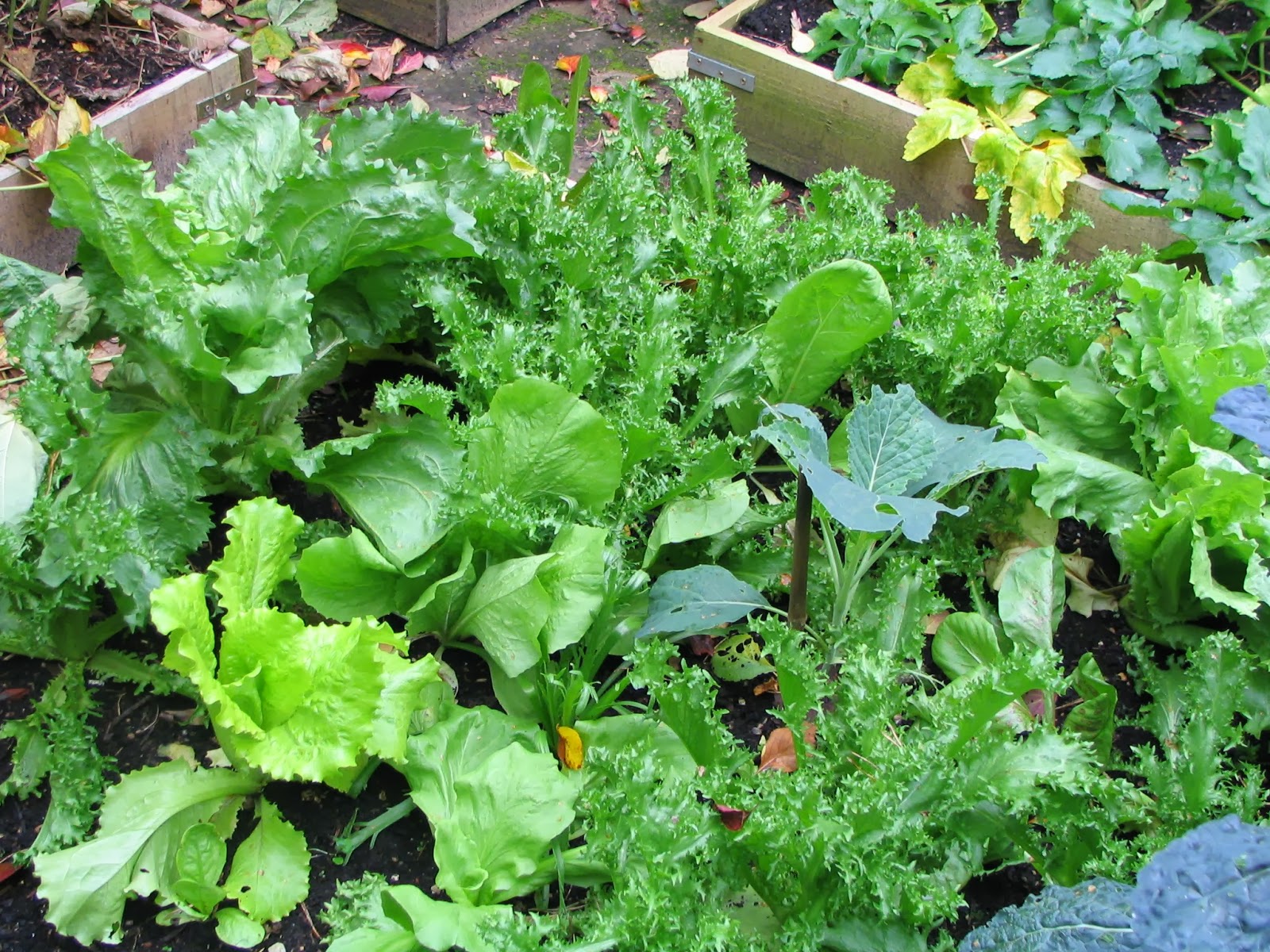 |
| An example of over-crowding- photo from 2010 |
2. Talking of pots and containers…. It is normally the case that bigger pots are better than small ones. Not always true I grant you (e.g. you don’t need a half-barrel to grow some Crocuses), but generally so. Large pots dry out less rapidly and therefore need less watering. They also give your plants more room to spread out (see point 1 above). Small pots are fine for seedlings and plants that are being grown-on indoors or in a greenhouse for subesquent planting outside, but if a plant outgrows its pot it will not be able to keep expanding and you will end up with a spindly or stunted plant. For instance, I germinate my tomato and chilli seeds indoors, in artificial heat and latterly in my recently-acquired Growlight House, but then I transplant them twice more, into progressively bigger pots before they go into their final growing-containers. It sounds a bit of a fiddle, but it’s definitely worthwhile.
3. Some other pieces of advice about pots / containers: think how heavy they will be when full. It may not be easy / possible to move them, so if you anticipate the need to bring them under cover (e.g. a citrus fruit tree being brought indoors for the Winter), give some thought to how you will do this. You can for instance buy little platforms on castor-wheels for this purpose. Also, to minimise water loss after watering, you might want to equip your pots with pot-saucers, like this:
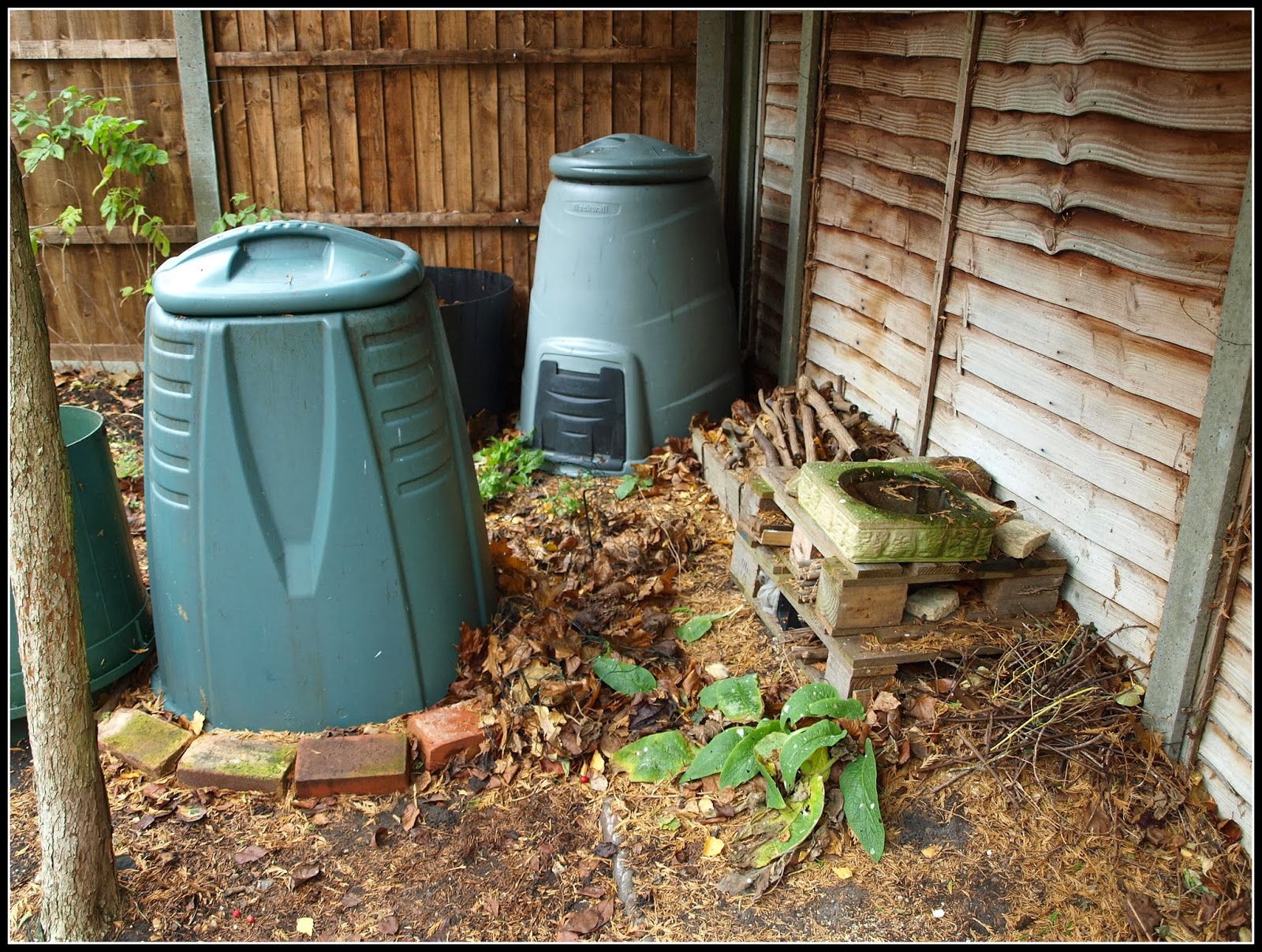 |
| Compost bins and “insect hotel” |
5. Consider buying plants rather than growing from seed. I know that growing from seed may sound like the best option (you get more plants from a smaller financial investment), but raising good plants from seed can be quite tricky unless you know what you’re doing. Also, you may only want a small quantity of plants, so it might be best to buy half-a-dozen healthy “plug plants” or even some fully-grown ones (especially if you want flowers), rather than getting a little sachet with literally hundreds of seeds in it. The benefit of buying the plant rather than the seed is that the plantsman / supplier does much of the difficult work for you, and you get the plant all ready to go into your garden just when you need it (of course in this respect you don’t need to plan so far ahead either).
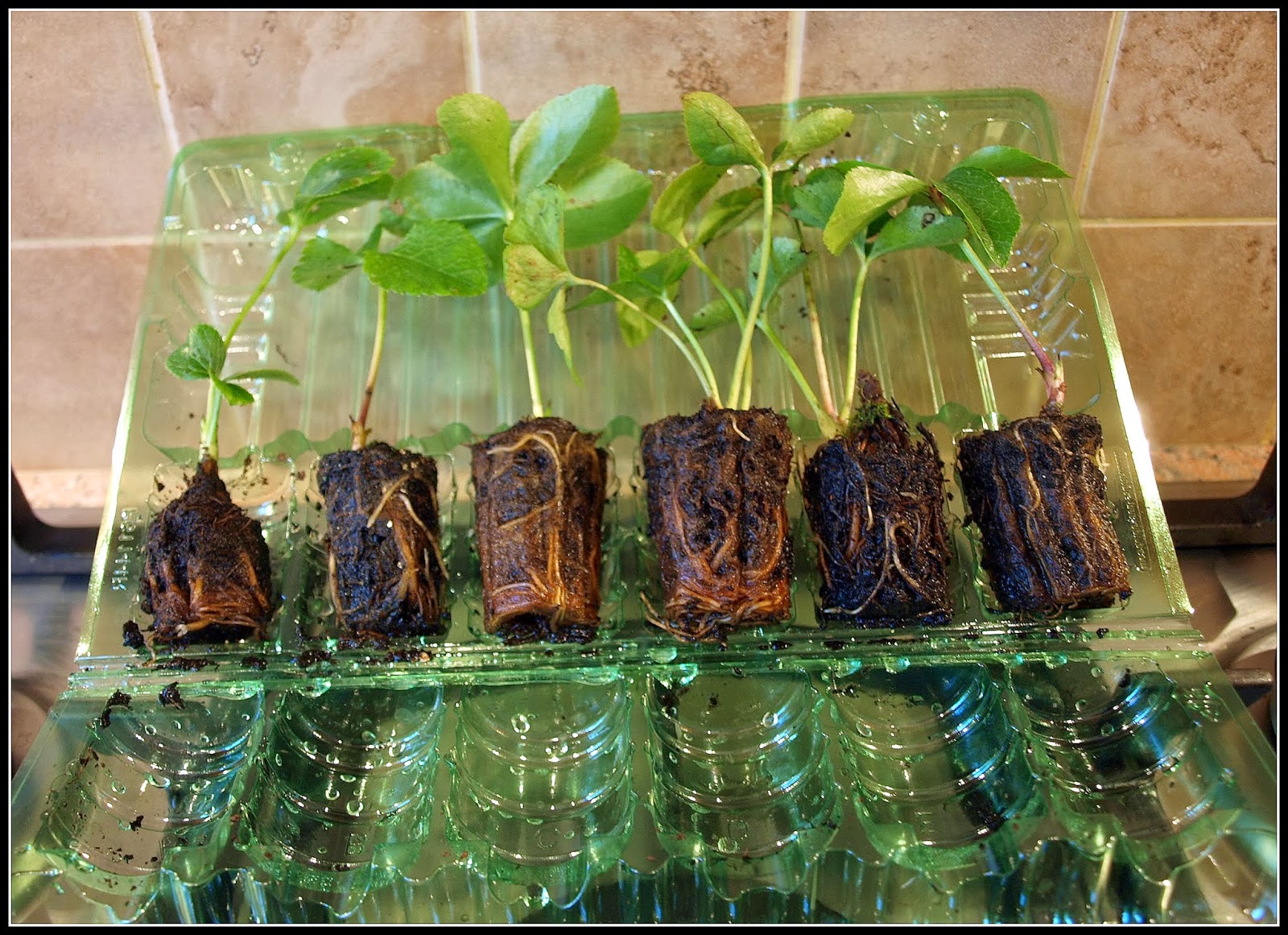 |
| Hellebores, bought as plug-plants |
6. When buying plants from a Garden Centre or Nursery, select specimens that have the potential for division or easy propagation. If you look carefully you sometimes find the odd pot which has two plants in it instead of one, or 15 seedlings instead of 12. When buying perennials I always look to see whether the plant could easily be split. For instance this Echinacea that I bought last Autumn:
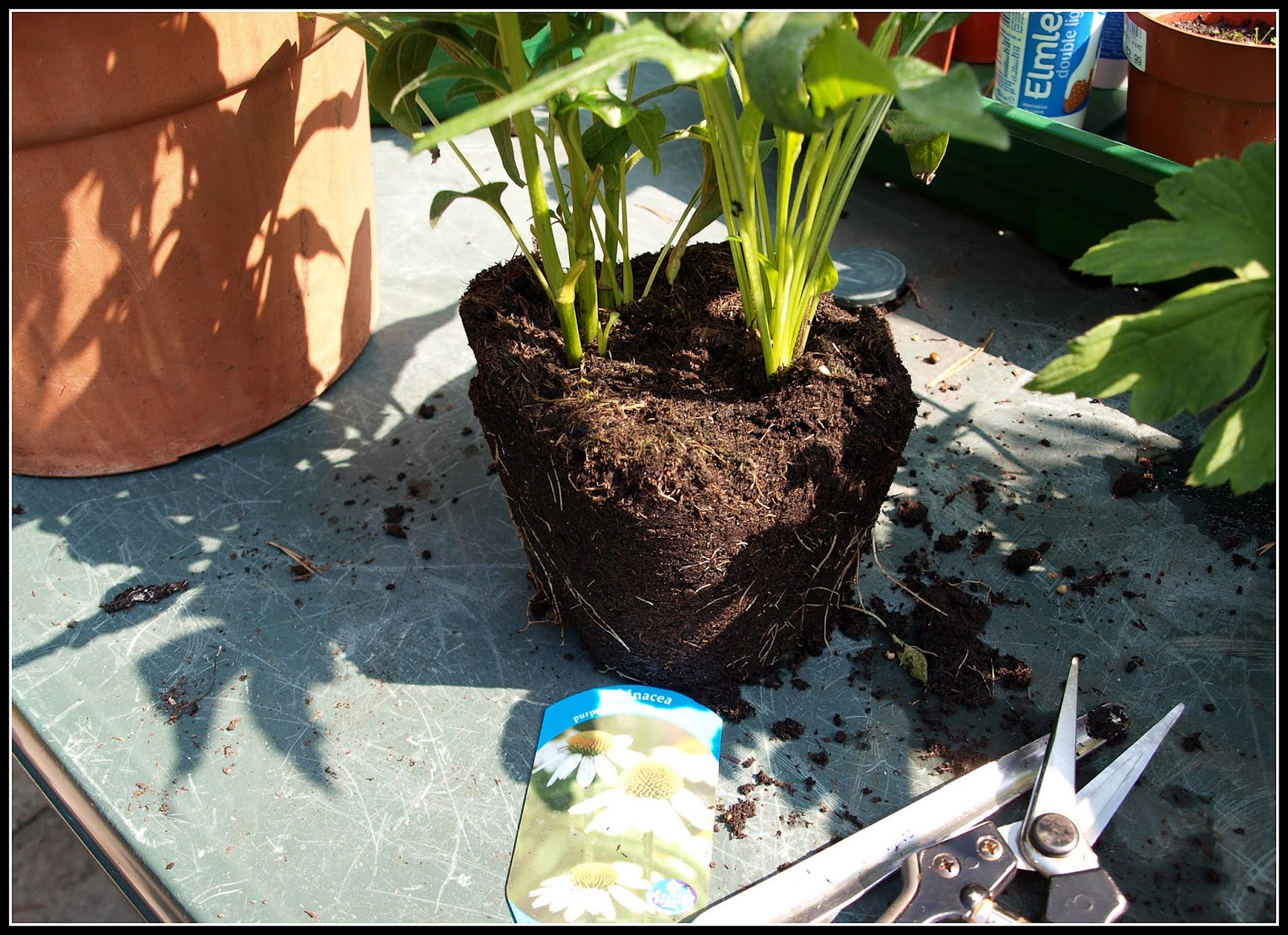 |
| A minute later I had TWO plants |
Source: http://marksvegplot.blogspot.com/2014/02/gardening-advice-for-beginners-part-3.html




